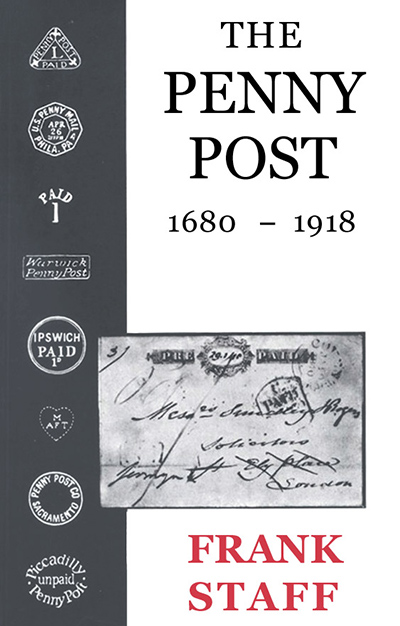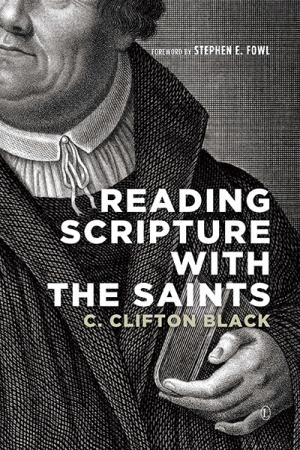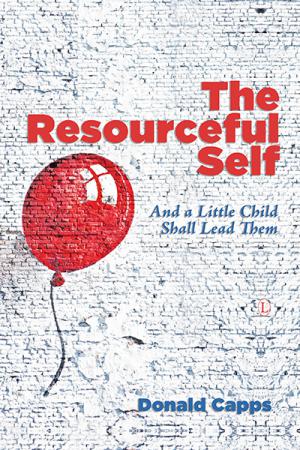Description
To some (such as Elihu Burritt who campaigned so vigorously for Ocean Penny Post to and from the United States, and Henniker Heaton, who by his efforts brought about Imperial Penny Post in 1898) the need to provide a cheap means of communication between peoples at home and abroad was not only obvious but was fought for with missionary zeal. However, governments were slow to react to these demands and the story Frank Staff describes provides a fascinating sidelight of social as well as postal history.
While we are familiar with the name of Rowland Hill, who in 1840 established Uniform Penny Post in this country, less well-known is the pioneering work of William Dockwra, who created an efficient Penny Post in London as early as 1680 with four or five hundred Receiving Houses to take in letters, seven Sorting Offices and very frequent deliveries. Other pioneers include Ralph Allen of Bath, who developed Bye-way and Cross Roads Post throughout England and Wales in 1720, Peter Williamson, who organised a Penny Post in Edinburgh in 1773-4, and John Palmer, who devised the first mail-coach service in 1784 from Bristol to London.
The study of postal history opens up wide possibilities and is a fascinating subject of interest to the social historian as well as the philatelist. The Penny Post not only gives the historical background of a reform, but indicates the range of items that may still be obtained by the keen collector – early date-stamped envelopes, broadsheets and pamphlets, letter scales and stamp boxes, personal correspondence and newspaper cartoons – and the book itself is illustrated with a remarkable collection of photographs and line drawings.
Contents
1. The Start of a System
Mediaeval Postal Services – Messengers and Post Boys – Thomas Witherings Organizes a System – Postal Rates First Settled – Edmund Prideaux – Private Undertakings – A Penny Post Suggested in 1659 – The Act of 1660 – Henry Bishop and Major Wildman
2. The London Penny Post
Robert Murray and William Dockwra – A Penny Post Established in 1680 – Suppressed by the Government in 1682 – The Government Penny Post
3. A Century of Development
Charles Povey’s “Half-Penny Carriage” – The Act of 1711 – Ralph Allen – The Act of 1765 – Peter Williamson – The Edinburgh Penny Post – John Palmer and the Mail-Coach System – Provincial Penny Posts – Reorganization of the London Penny Post in 1794 – A Penny Post for Soldiers and Sailors
4. Uniform Penny Postage
Francis Freeling – High Postage Rates – Robert Wallace, M.P., and Post Office Reform – Rowland Hill and Uniform Penny Postage – Henry Cole – Penny Postage Stamps
5. Achievement in the United States
The Effect of Penny Potage Overseas – American Reaction – American Campaign for Postal Reform – The New York Penny Post – American Local Posts and Carriers’ Services – Reduction in Postage Rates Proclaimed in the United States
6. The Campaign for Ocean Penny Postage
“The Learned Blacksmith” – Elihu Burritt in England – The League of Universal Brotherhood – Burritt’s Campaign for an Ocean Penny Postage – International Peace Congresses – Reduction of Overseas Rates of Postage – The Universal Postal Union Founded
7. Imperial Penny Postage
Henniker Heaton, His Early Life in Australia – As M.P. for Canterbury and a Champion of Postal Reform – He Revives the Campaign for Ocean Penny Postage – The Jubilee of Uniform Penny Postage – Imperial Penny Postage Proclaimed
8. Penny Postage to the United States
Agitation for a Universal Penny Postage – Attempts for a Franco-British Penny Post – Penny Postage Proclaimed To and From the United States
9. The Passing of the Penny Post
Franco-British Penny Post Campaigns – Outbreak of the Great War – The End of the Penny Postage – Increased Postal Rates – The Second World War – The Centenary of Penny Postage – Further Increases in Postage Rates – The End of the Anglo-American Postal Union






